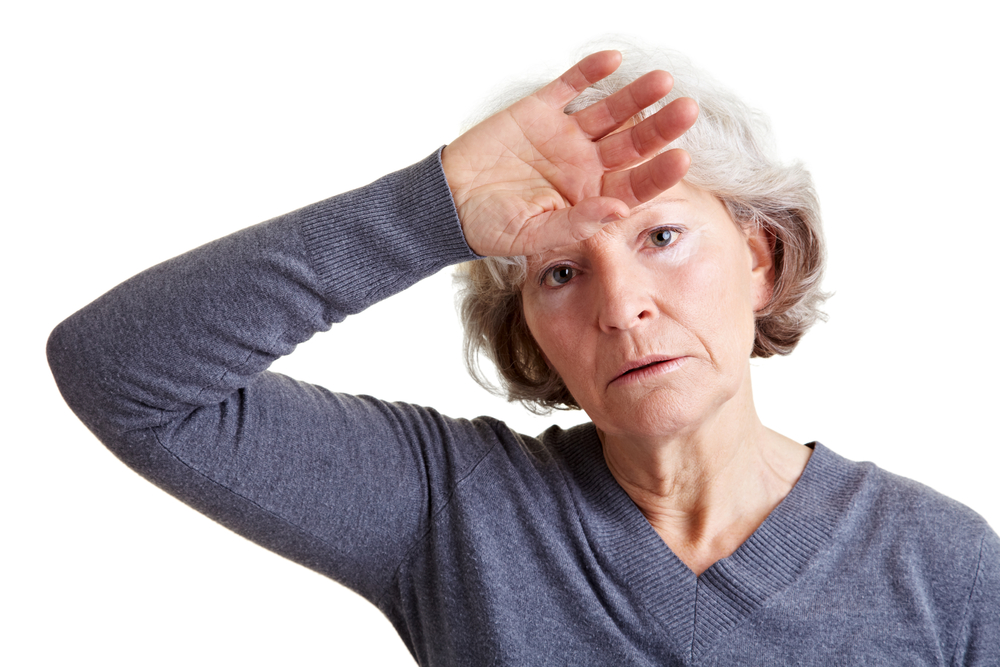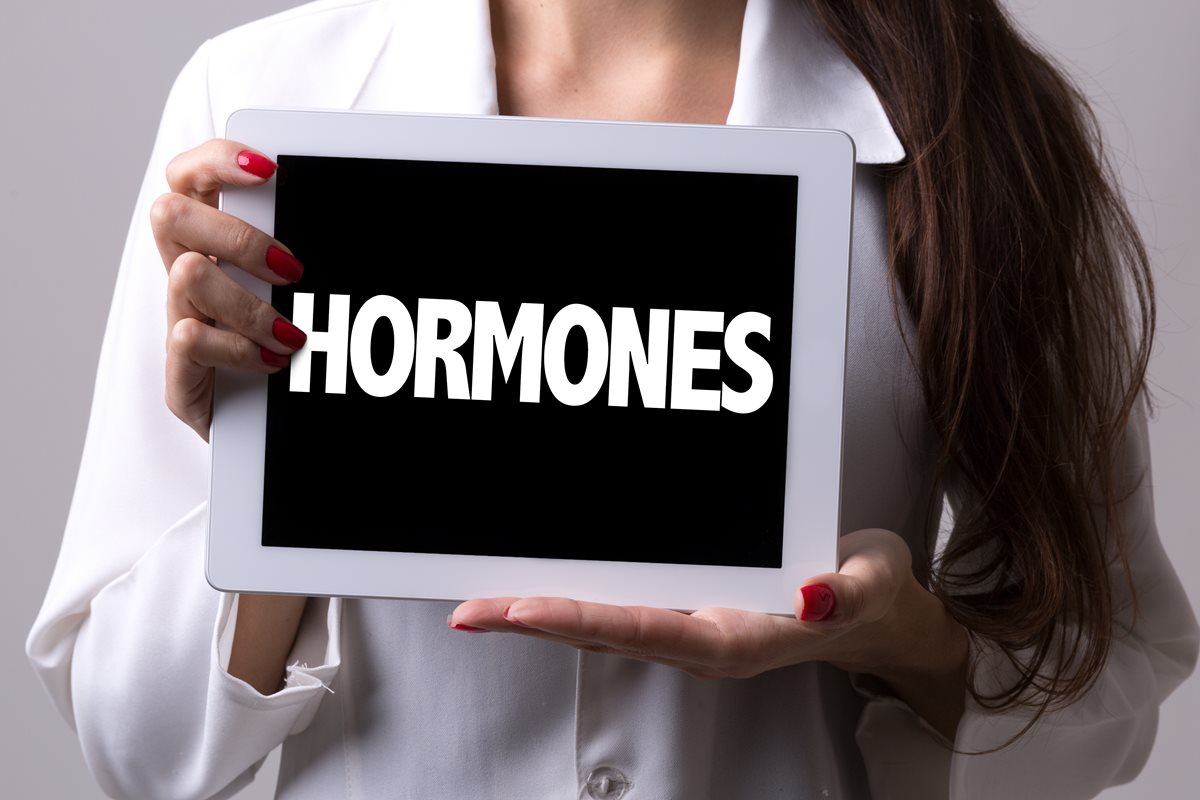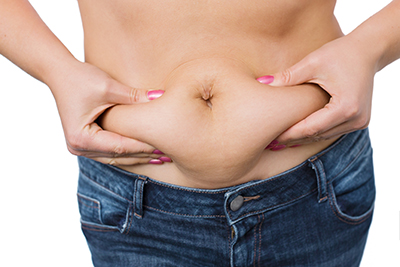I have heard that estradiol cream applied to the vaginal opening is prescribed often in menopause for dryness and discomfort during intercourse. Please explain why.
Your Menopause Question: I have heard that estradiol cream applied to the vaginal opening is prescribed often in menopause for dryness and discomfort during intercourse. Please explain why.
Our Response: Estradiol is a complex, natural hormone produced by the ovaries during the reproductive years that serves many important biologic roles. By stimulating the production of nitrous oxide, it dilates blood vessels to improve blood supply to the brain (possibly decreasing the risk of dementia), to the dermis (making our skin softer), and to the vagina and vulva (to bring moisture to that part of the body).
Perhaps more importantly, estradiol is a powerful anti-inflammatory hormone. Our body is capable of generating inflammatory proteins called cytokines that correlate with numerous metabolic sequelae including insulin resistance, diabetes, and cancer. During the reproductive years, these adverse health issues are less common in women than they are in men. In menopause, the loss of estradiol allows women’s adverse health issues to catch up to those of men. Why would this be? Chronic inflammation results when inflammatory cytokines, such as interleukin 1 (IL-1), interleukin 6 (IL-6), and tumor necrosis factor alpha (TNF alpha) produced by our T cells, B cells, fibroblasts, and other cell lines, communicate their signals to the nucleus by way of the cytoplasmic protein, nuclear factor kappa B (NFK-B). This communication leads to activation of inflammatory genes in the nucleus and tissue inflammation.
During the reproductive years, ovarian production of estradiol has been shown to reduce levels of these inflammatory cytokines and, more significantly, to inhibit NFK-B from transmitting signals from cytokines to the nucleus. Additionally, the presence of ovarian estradiol maintains a dominance of the bacteria lactobacillus spp, which accounts for the acidic pH and reduces the incidence of bacterial vaginosis (BV), which favors a more basic pH.
What does this have to do with applying estradiol to the vagina? Prior to midlife, the vagina, vulva, and lower bladder exhibit numerous estradiol receptors, landing sites for estradiol’s actions. As such, estradiol dilates blood vessels in this area of the body to increase moisture, soften the tissues, and protect this area from inflammation. In menopause, the loss of estradiol appears to target this region, leading to decreased blood flow, increased dryness, and a more basic pH which favors BV. Additionally, since normally the distribution of nerves in the pelvis are more prominent in the outer one-third of the vagina and vulva than in deeper areas of the pelvis, low level inflammation can be perceived as pain during intercourse.
Applying a small (pea size) amount of estradiol cream to the external vagina reverses most of these local menopause symptoms. The use of this small amount of estradiol has never been shown to increase the risk of breast cancer and, despite the arguments of the North American Menopause Society that the black box warning should be removed, the Food and Drug Administration (FDA) has declined to do so. By applying the estradiol cream, initially nightly for one month, and then to three times per week, most women find relief from the irritation of vaginal discomfort.
James Woods | 9/17/2020




